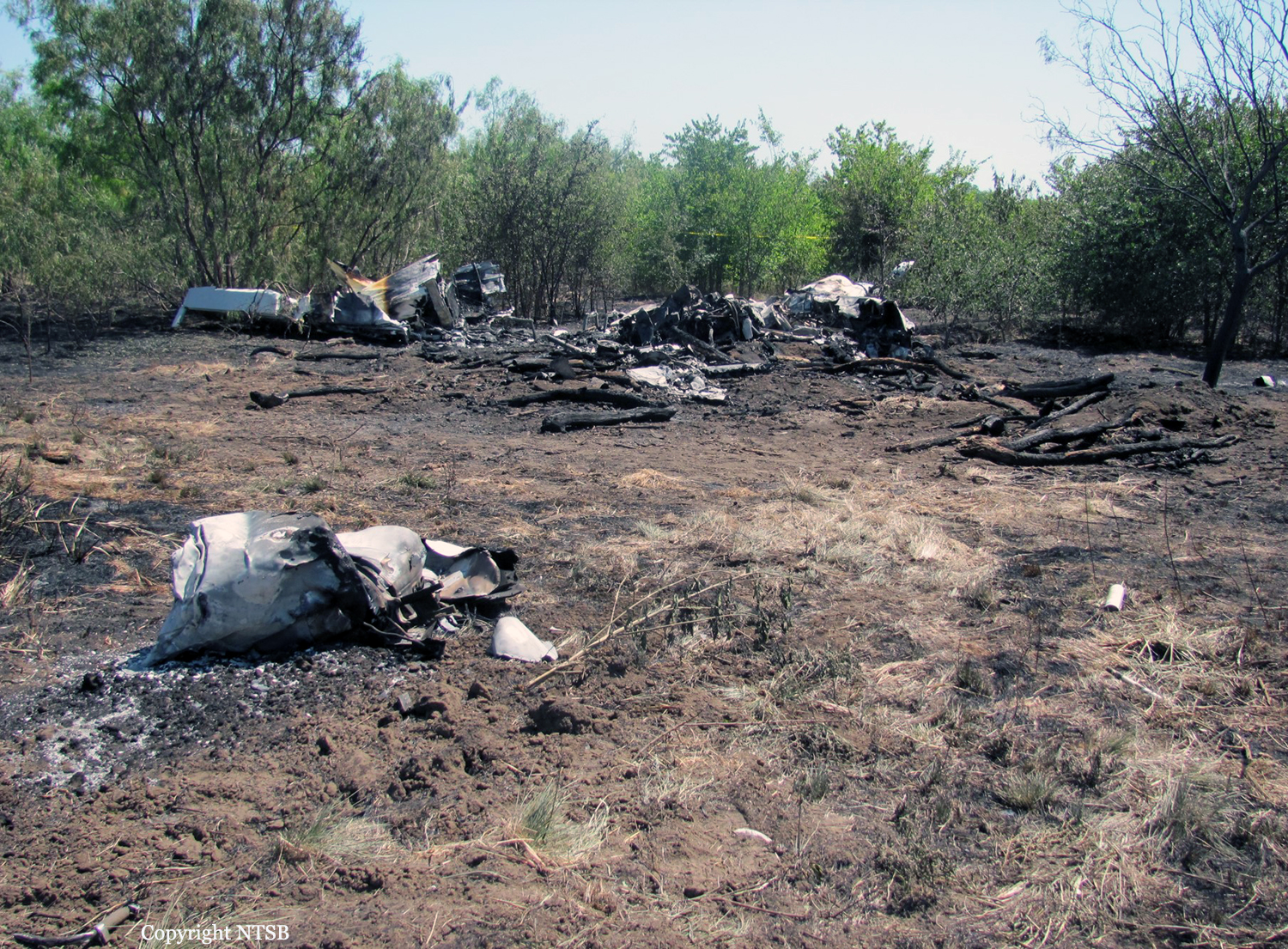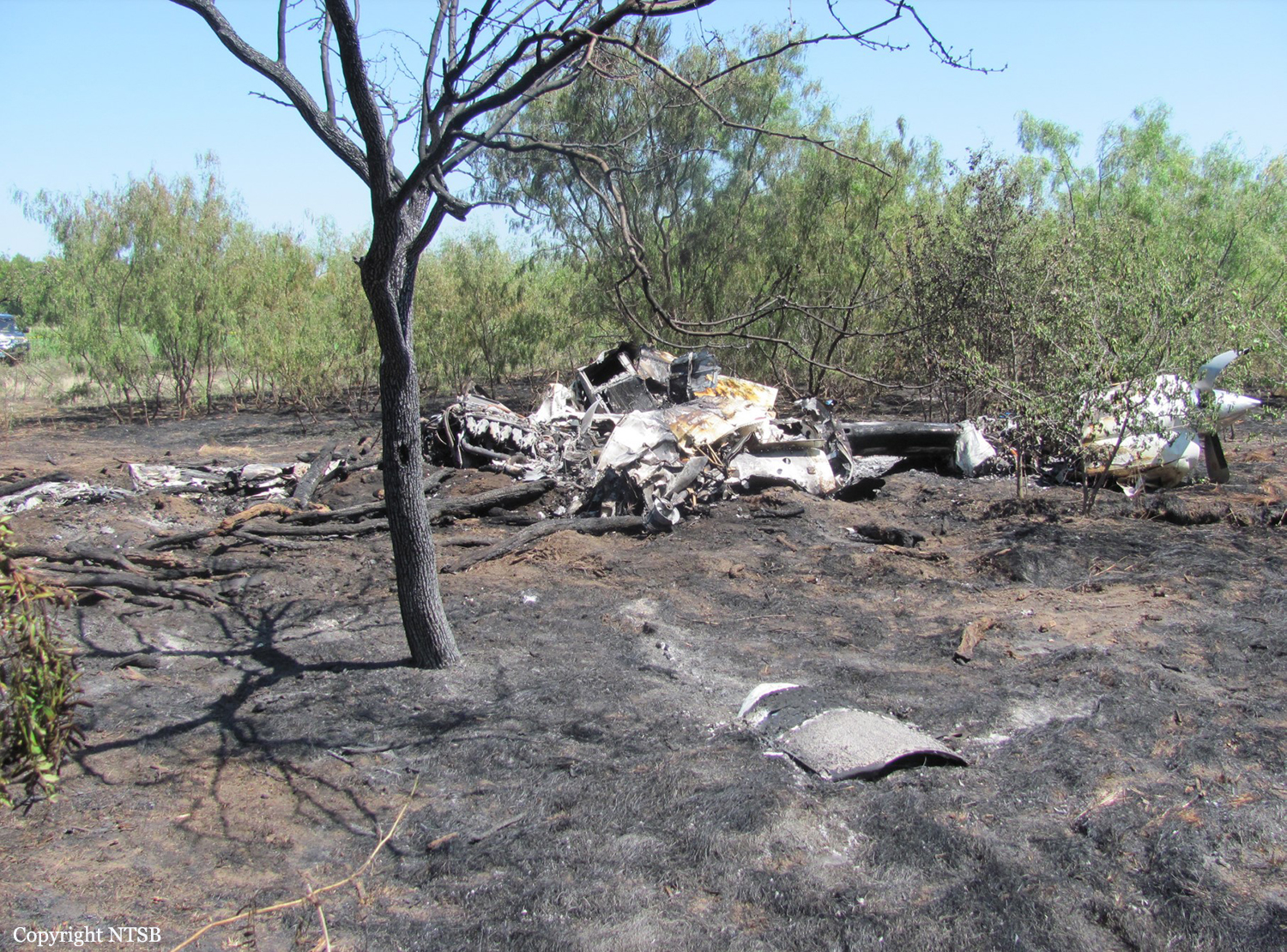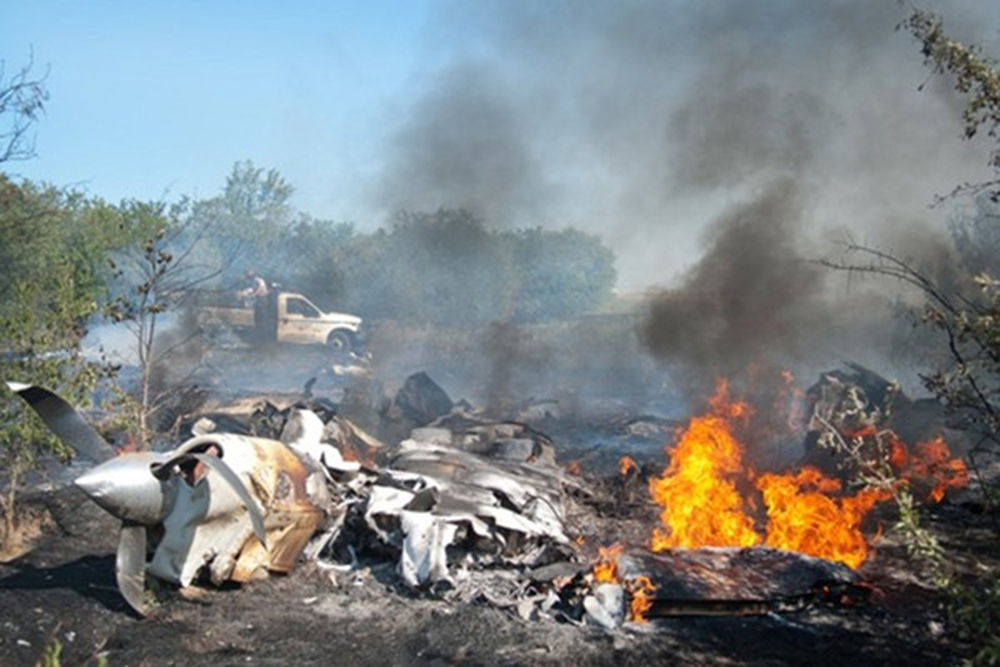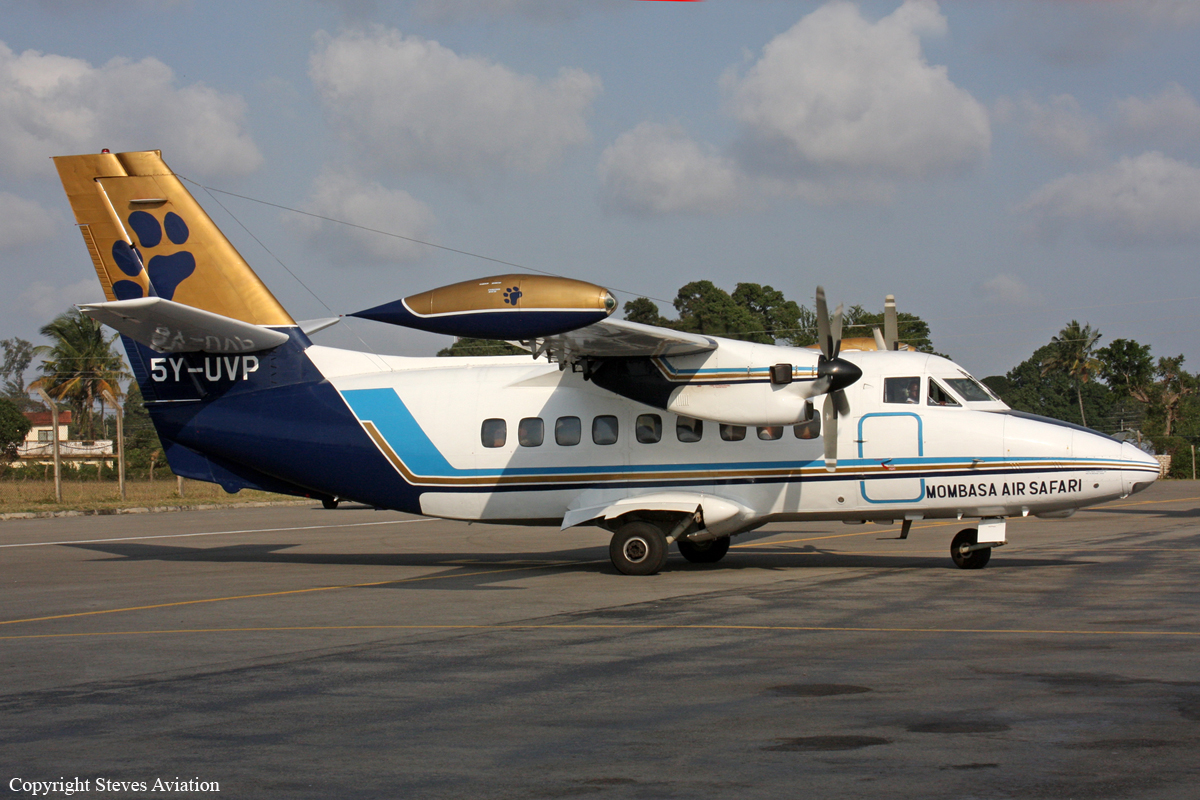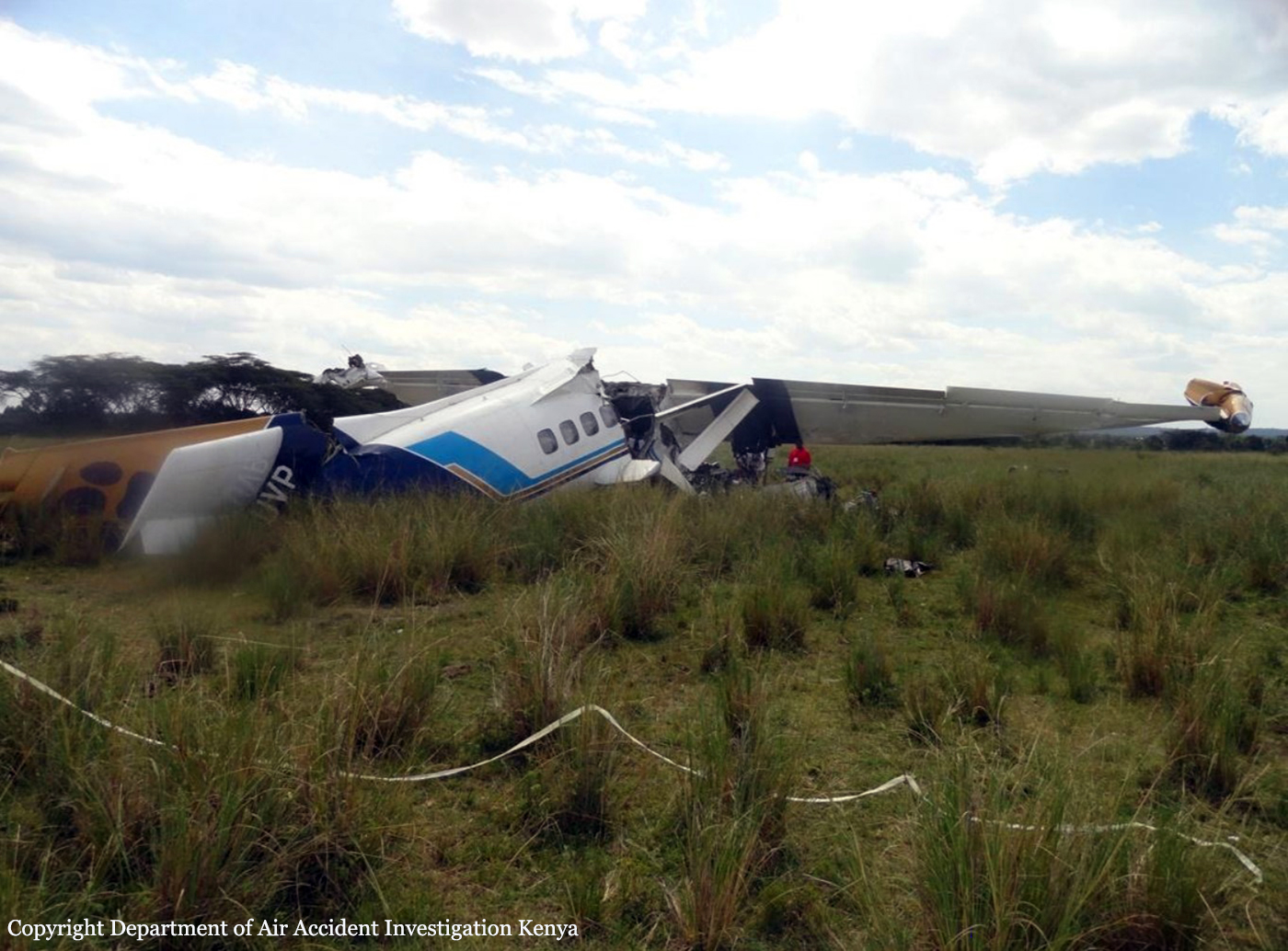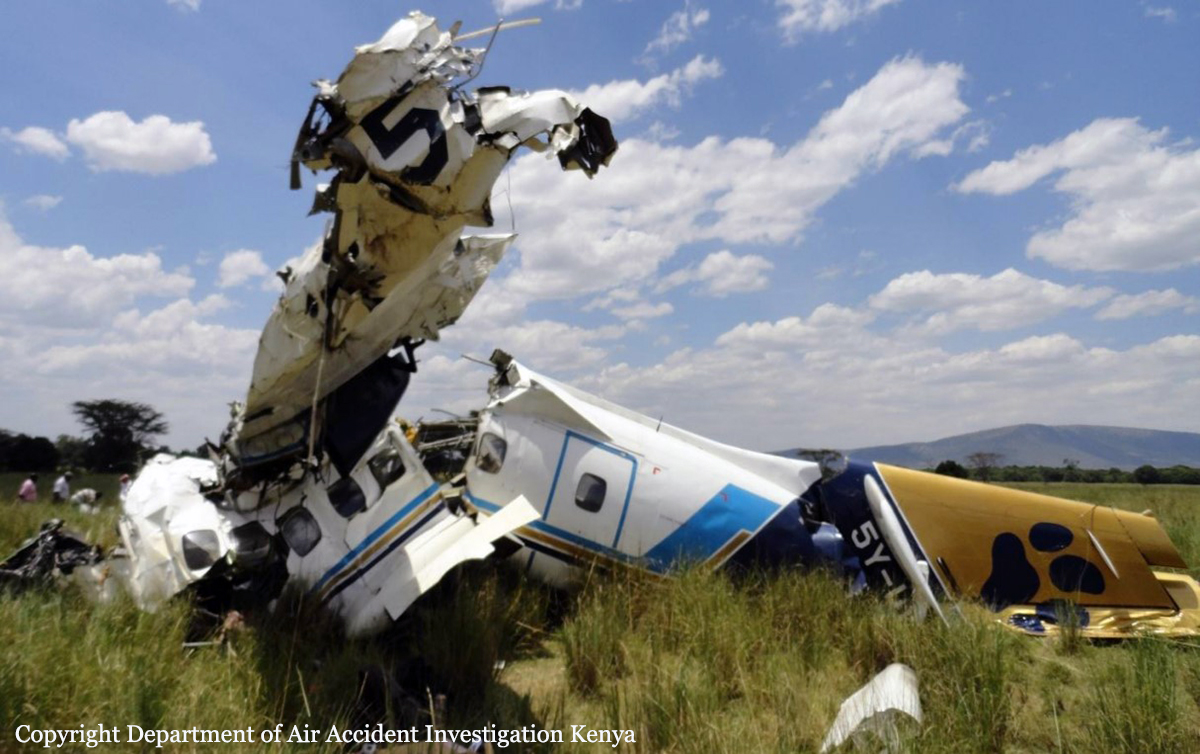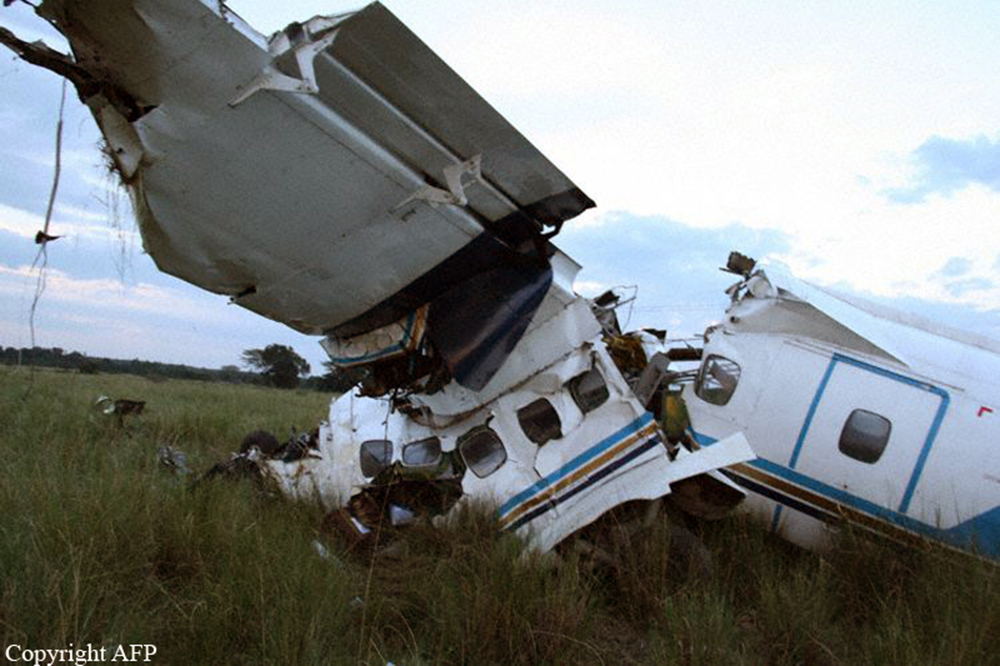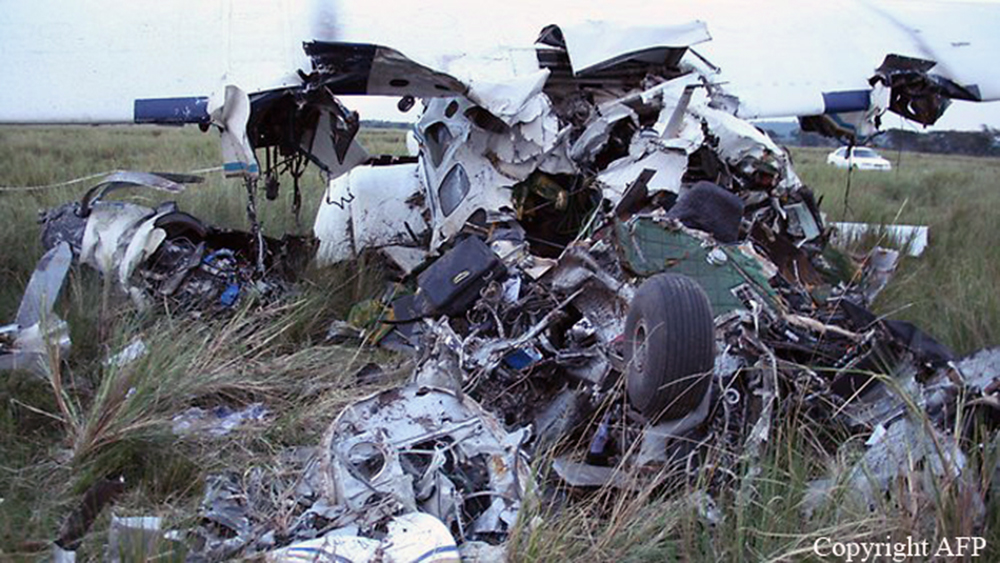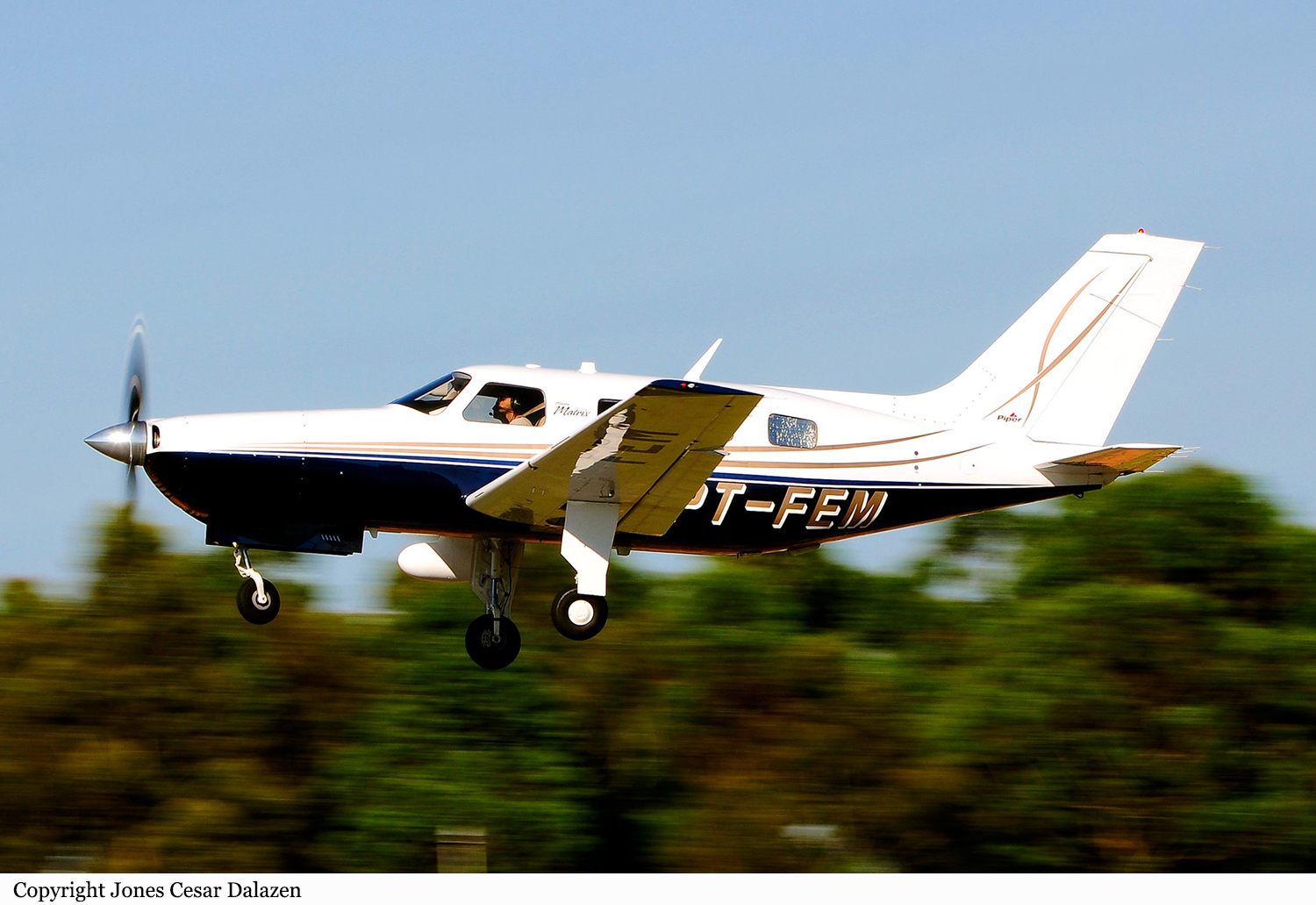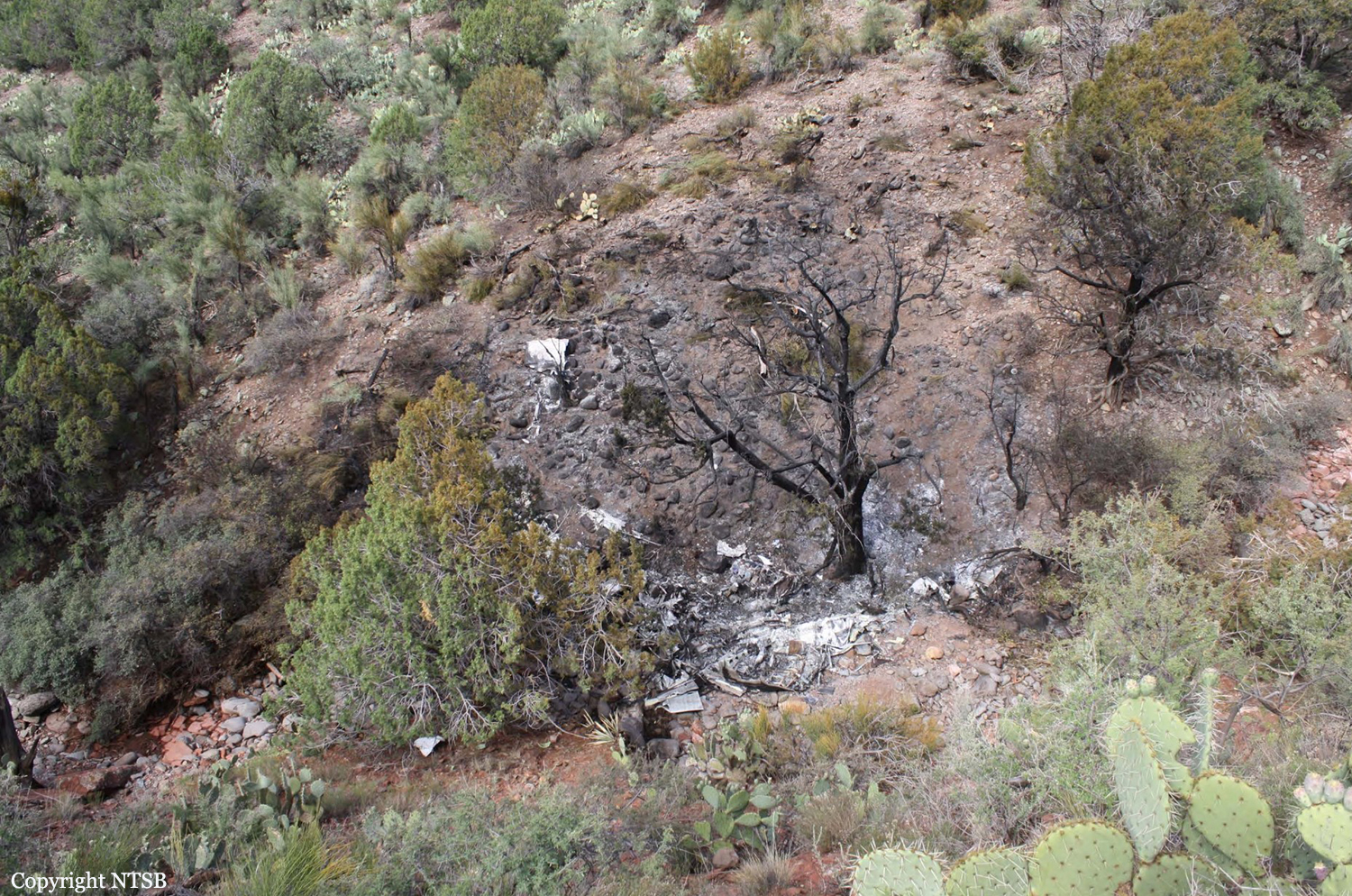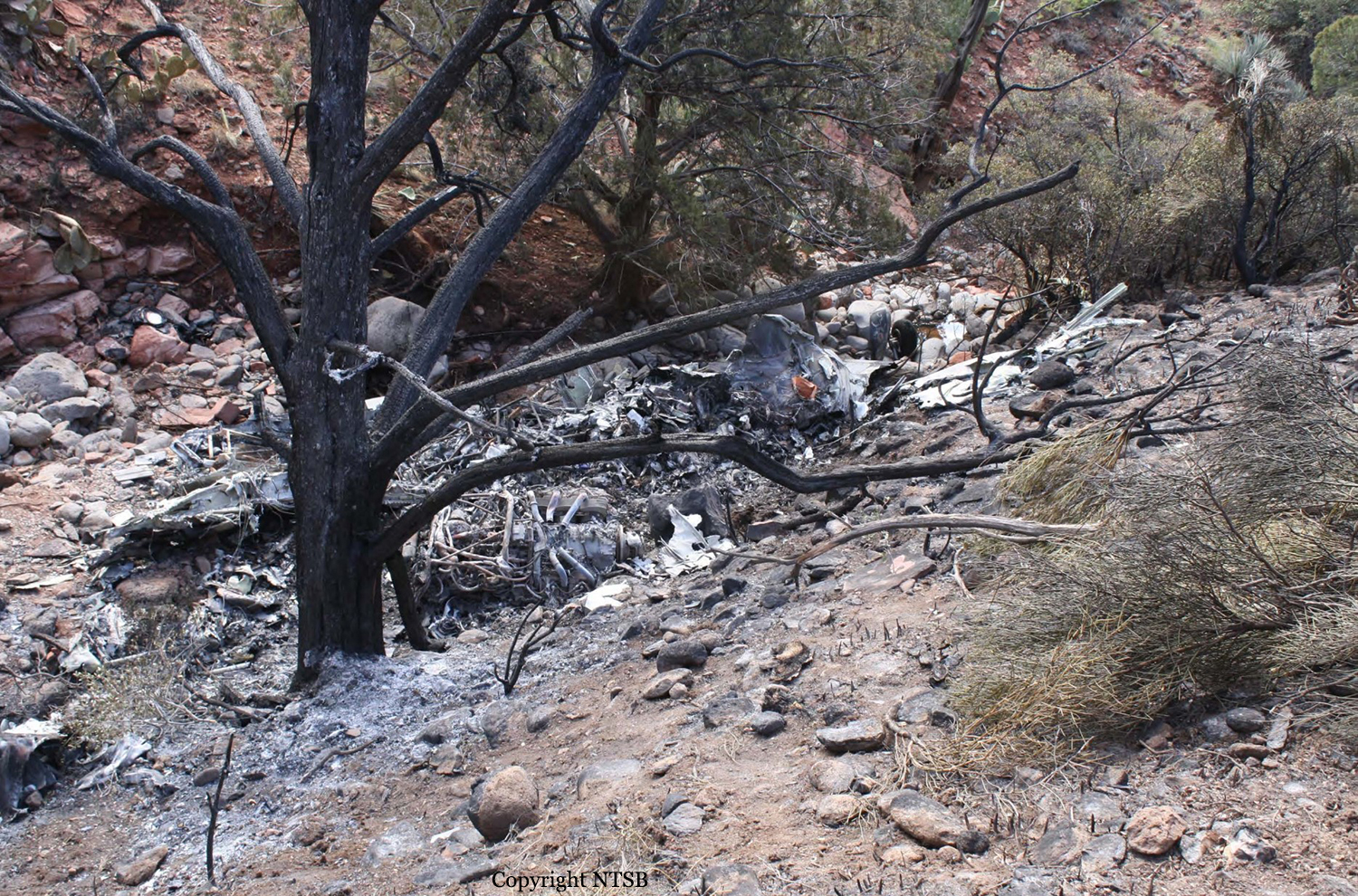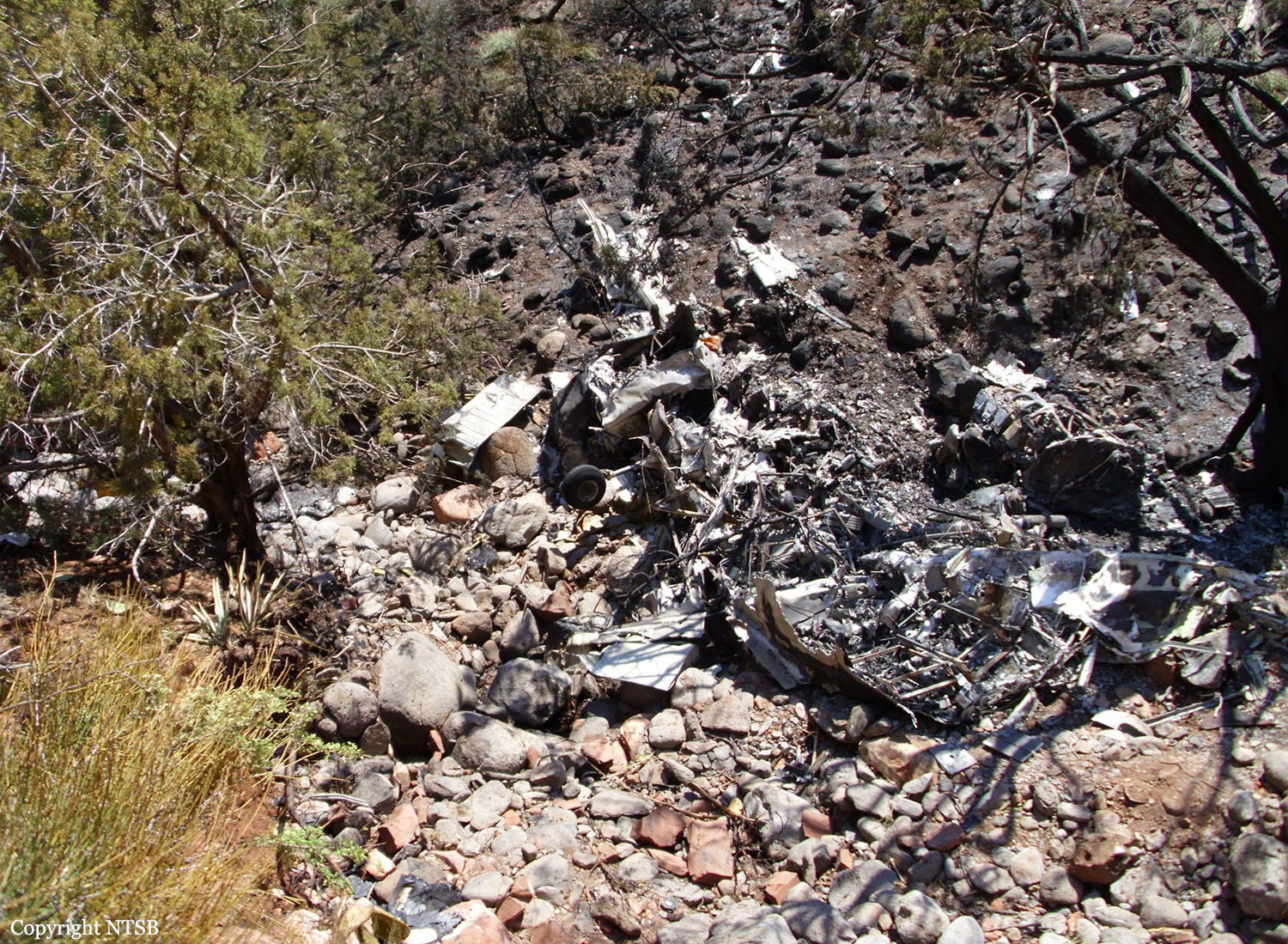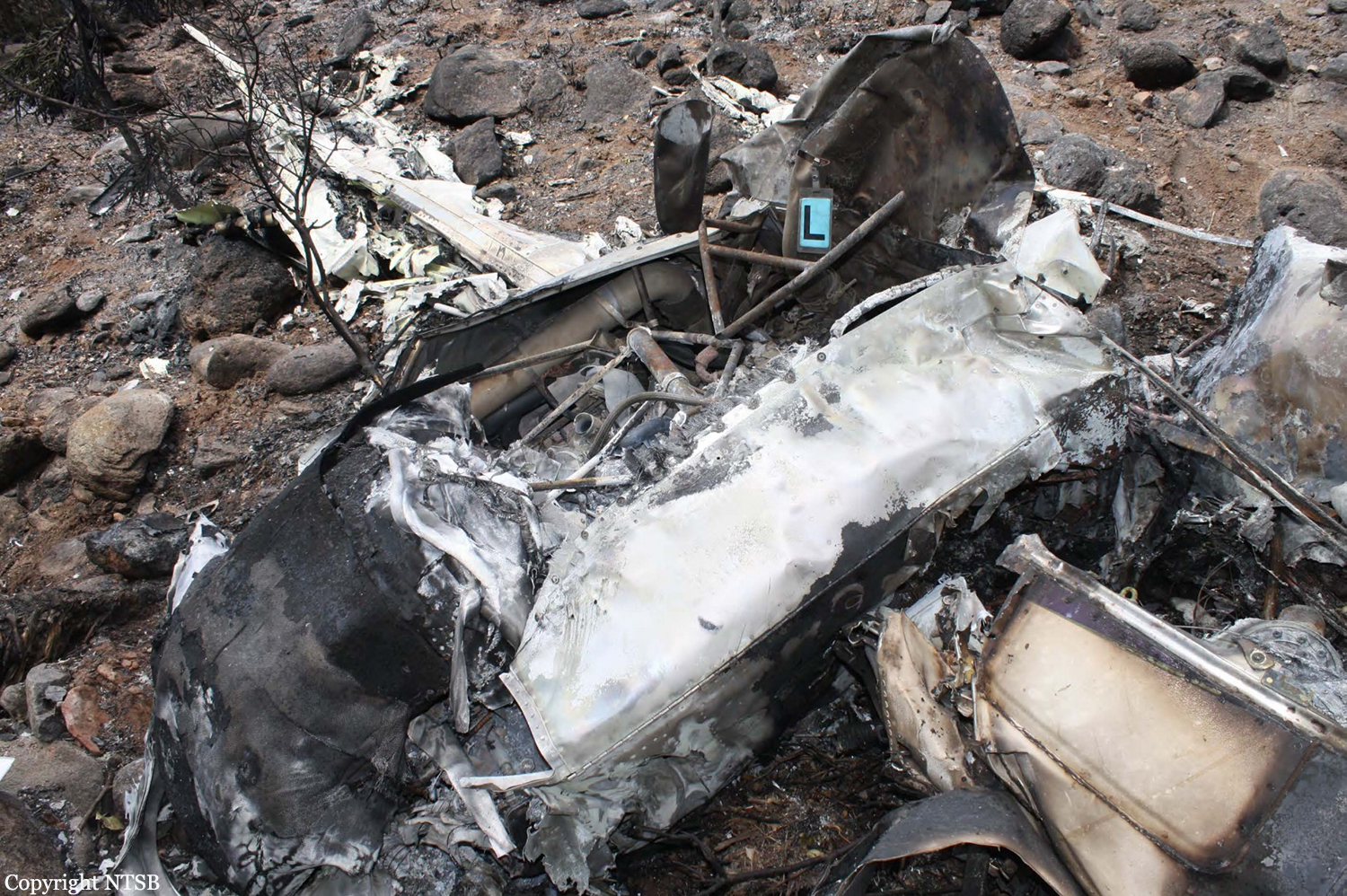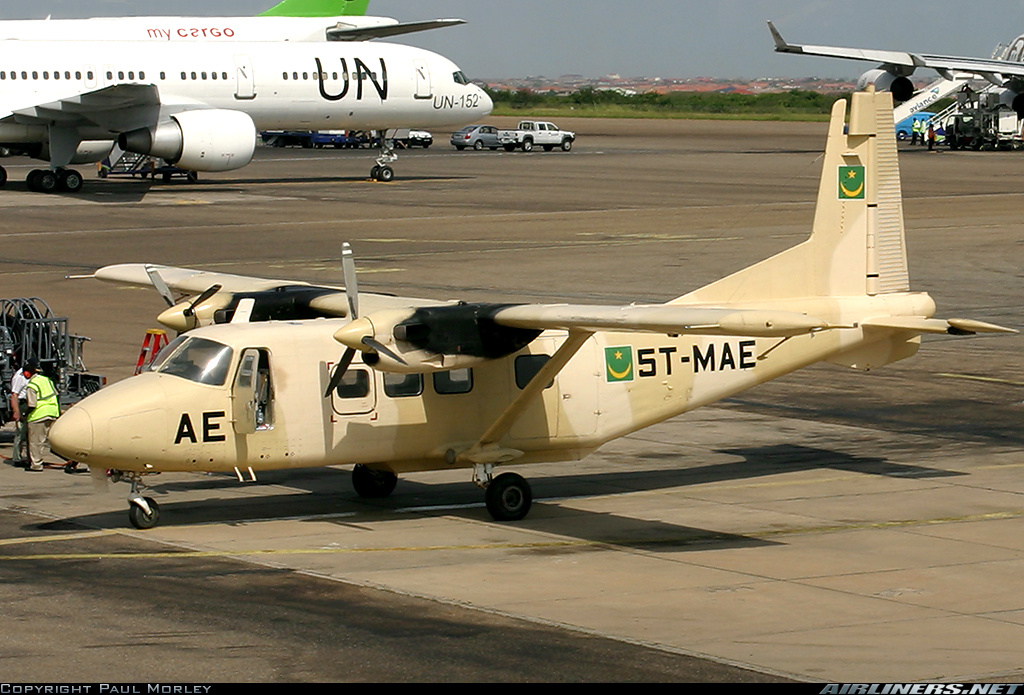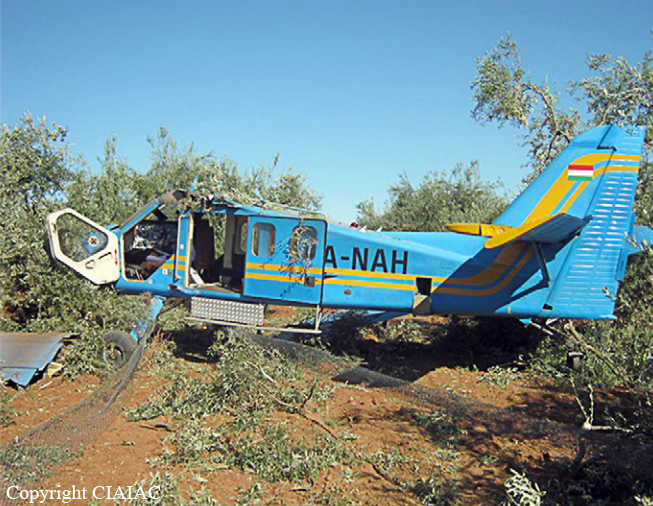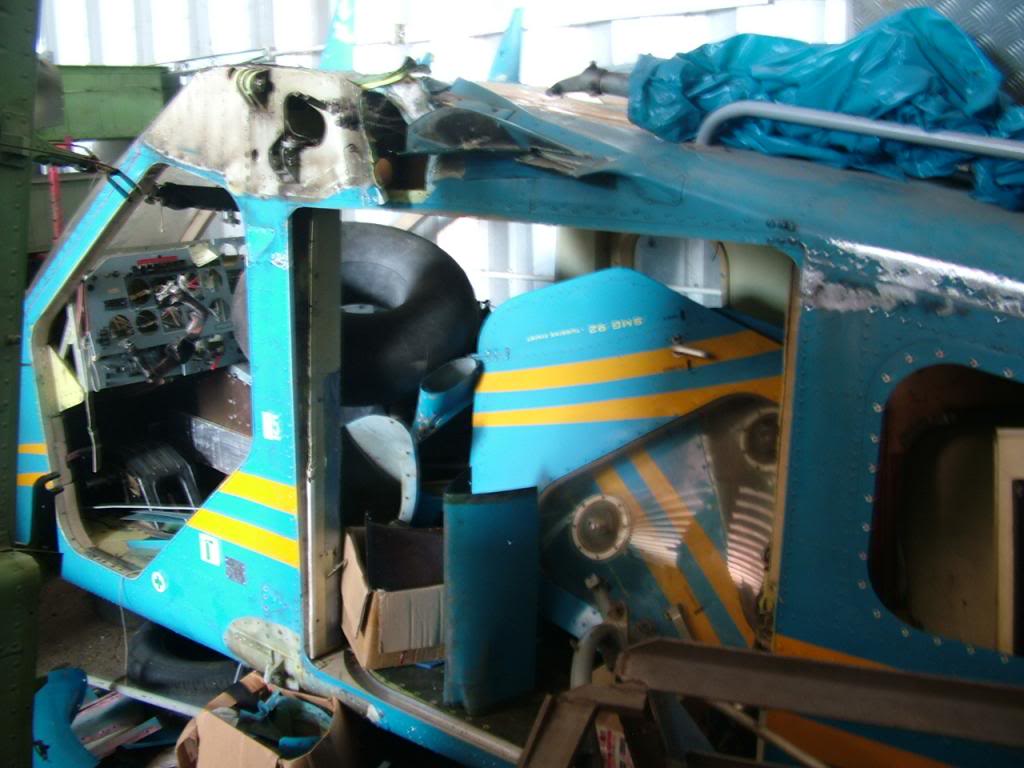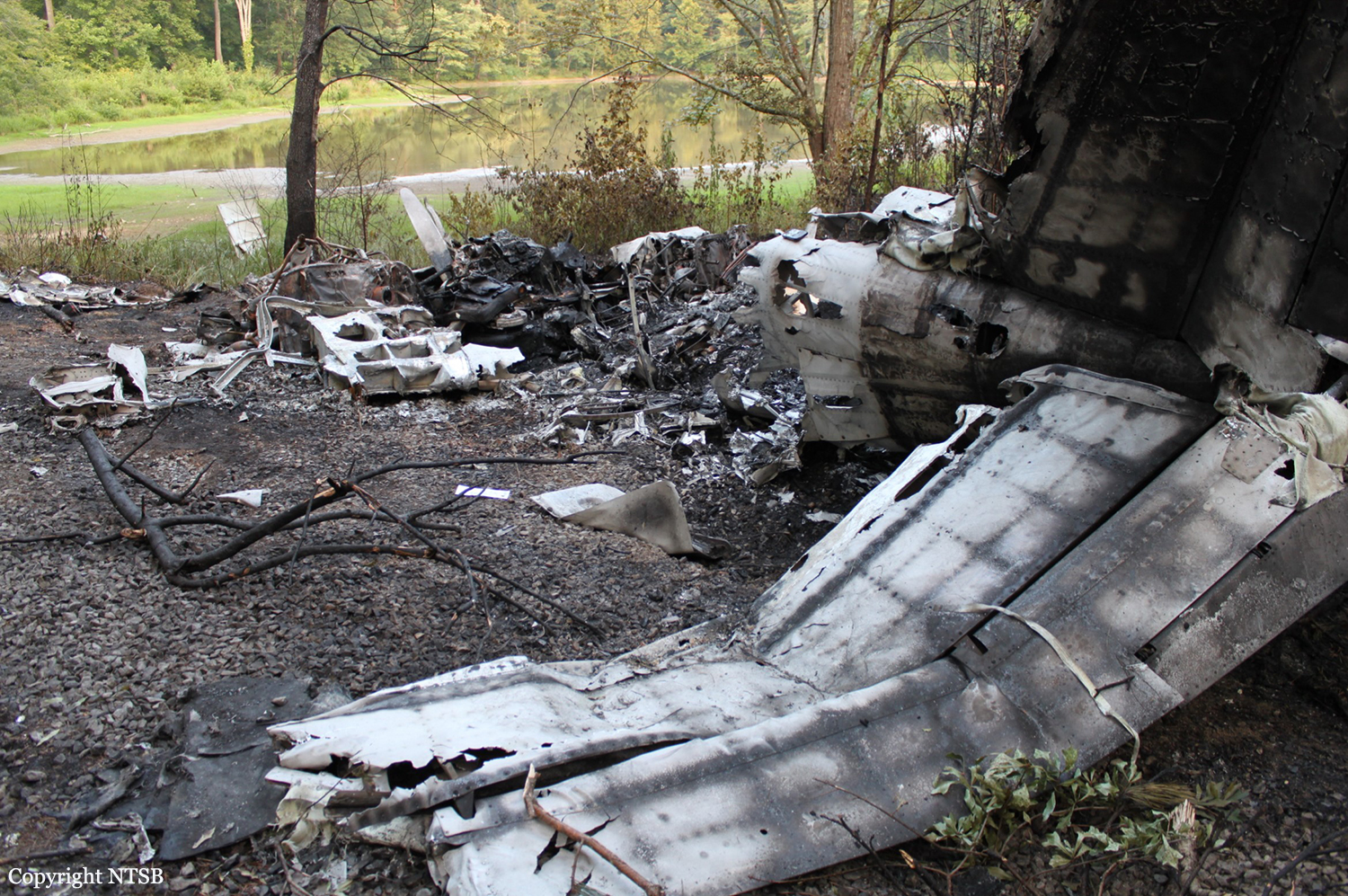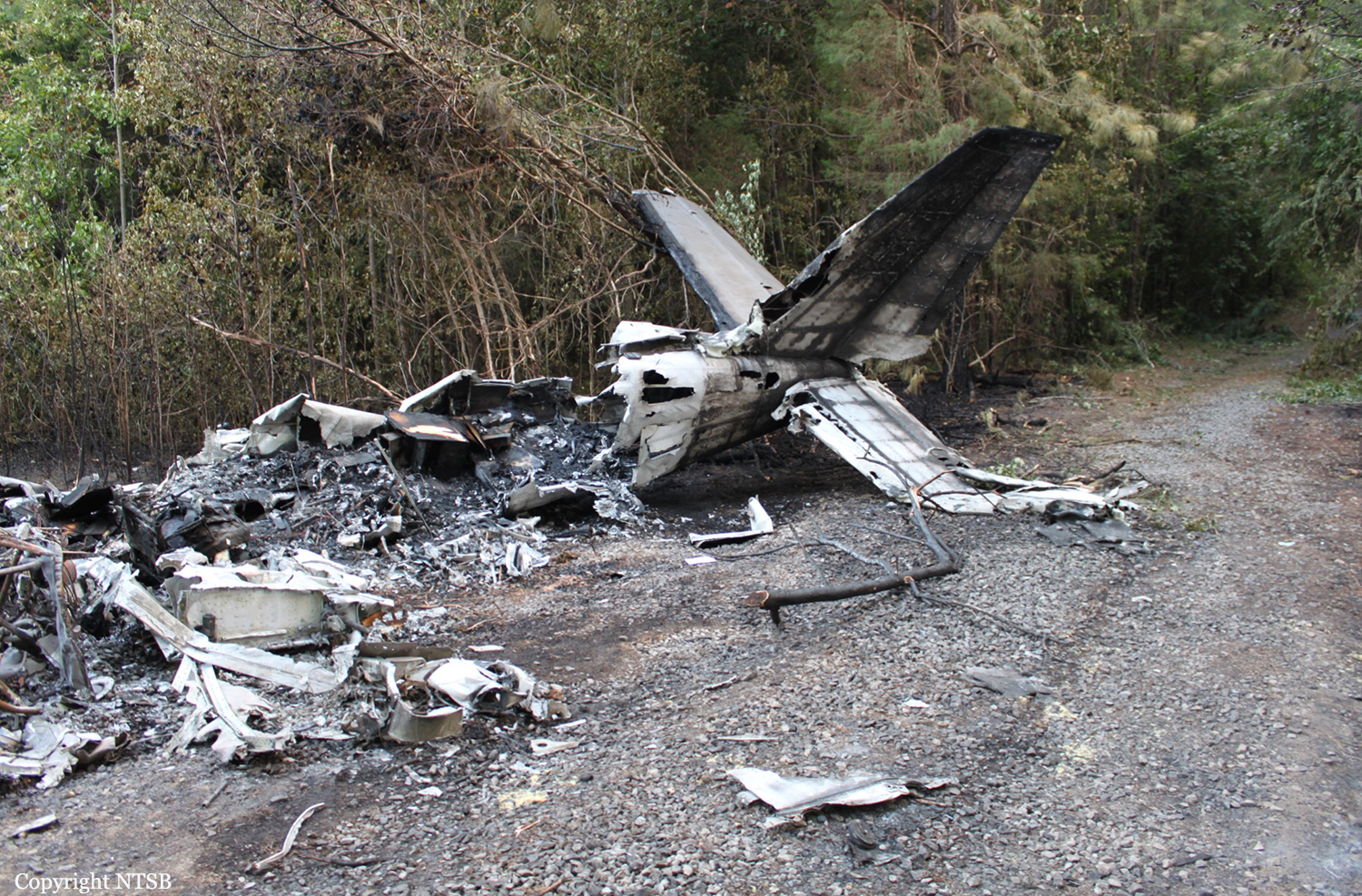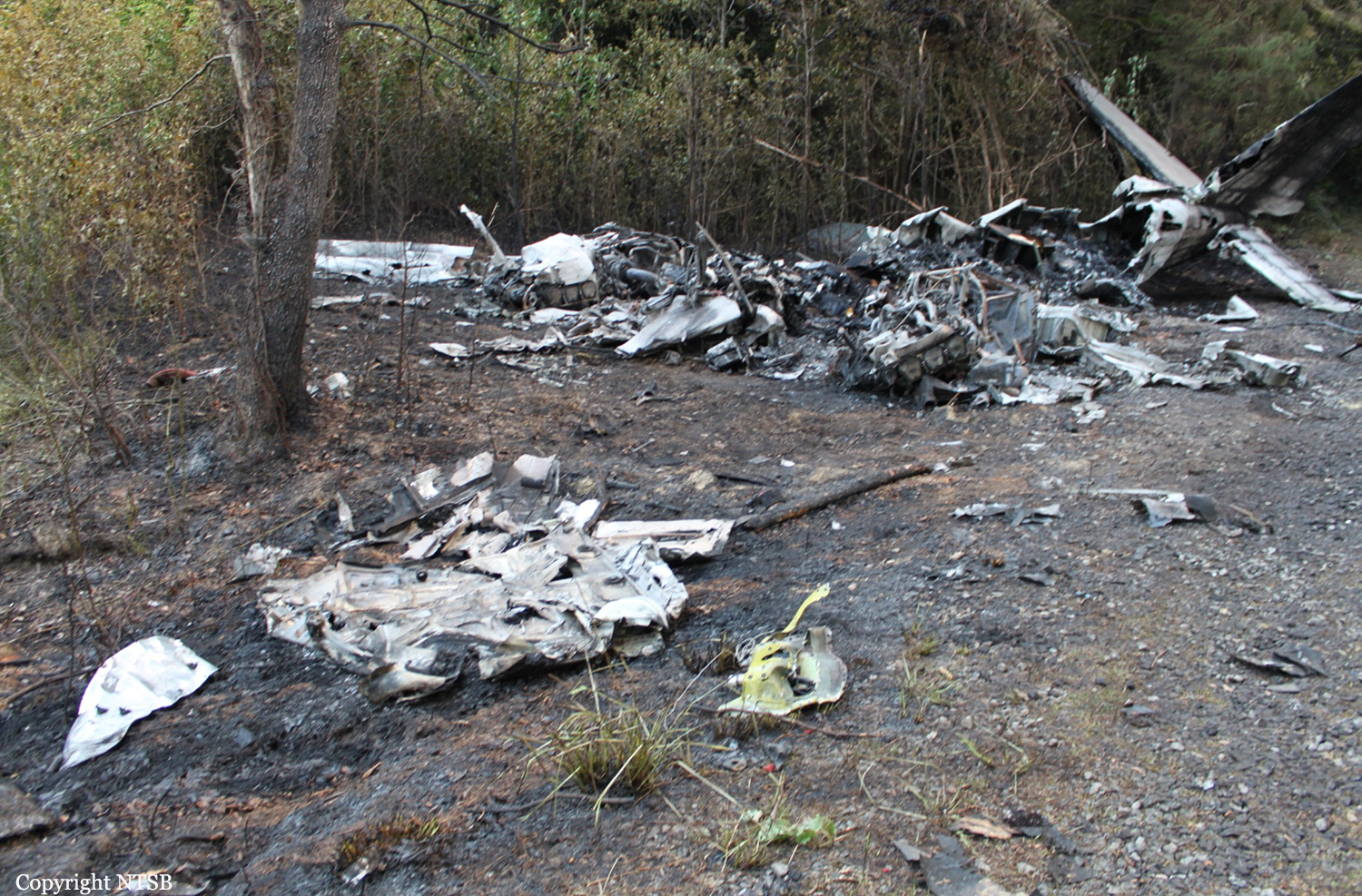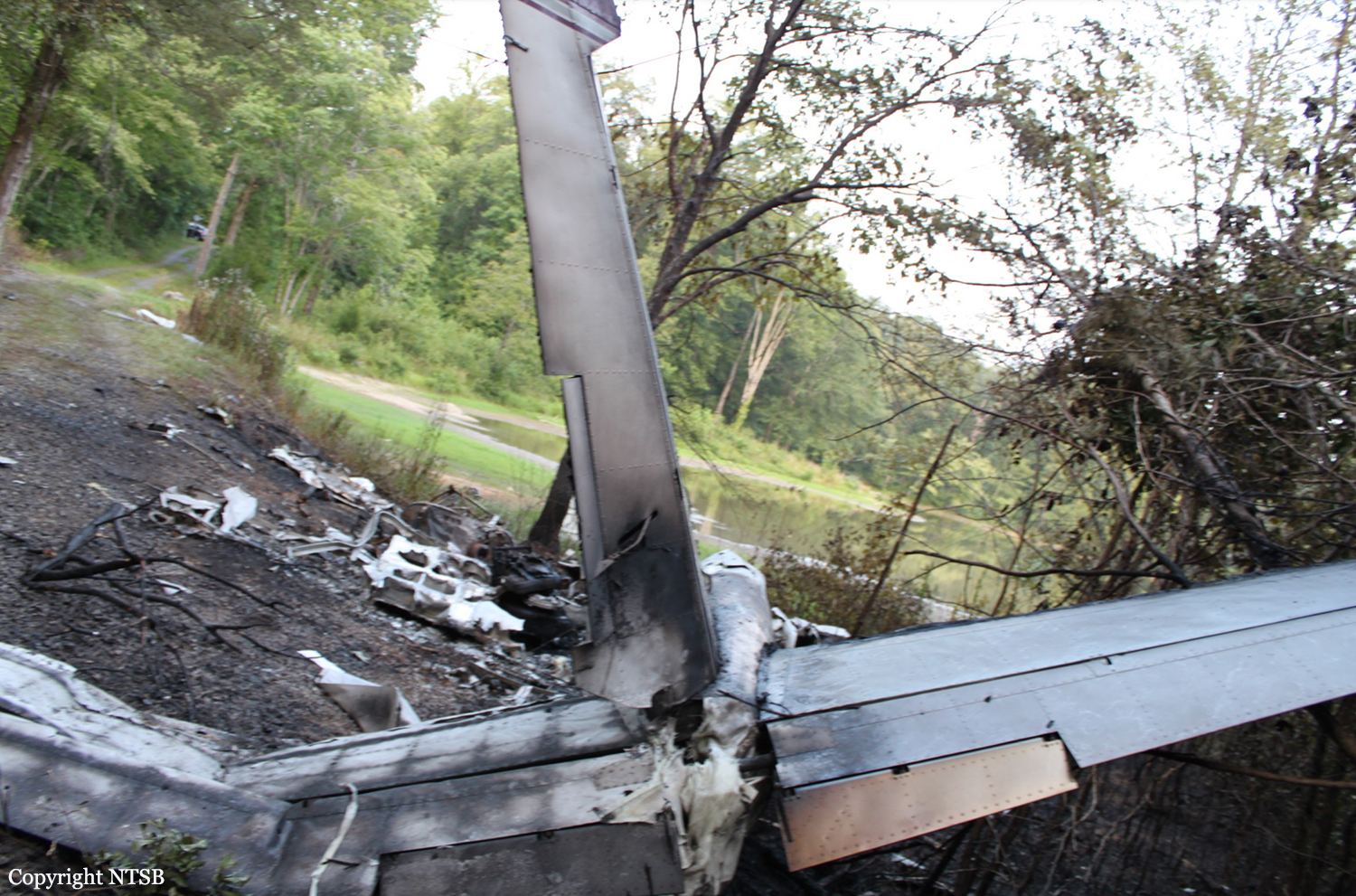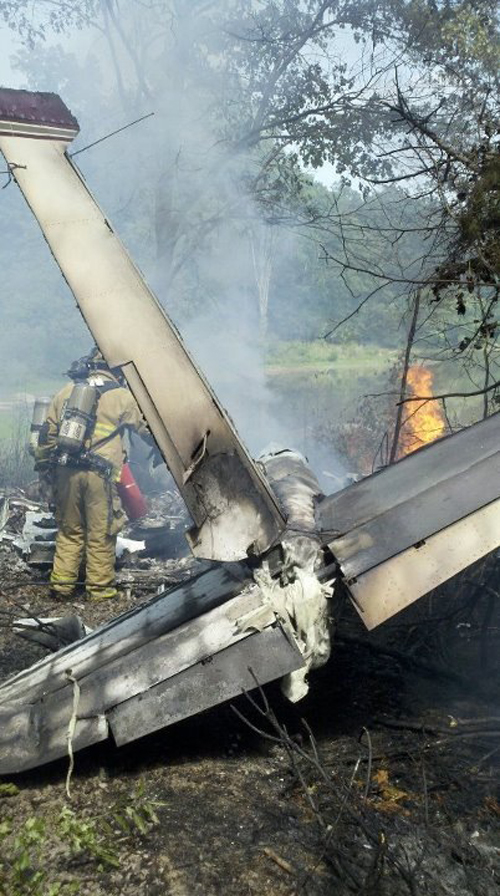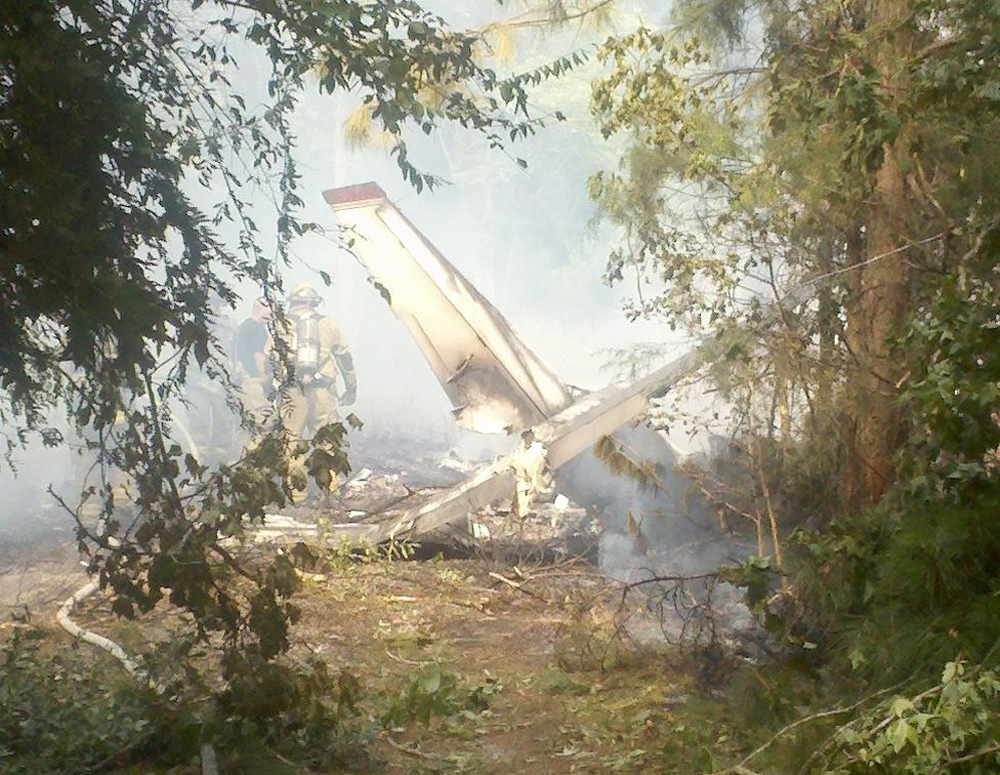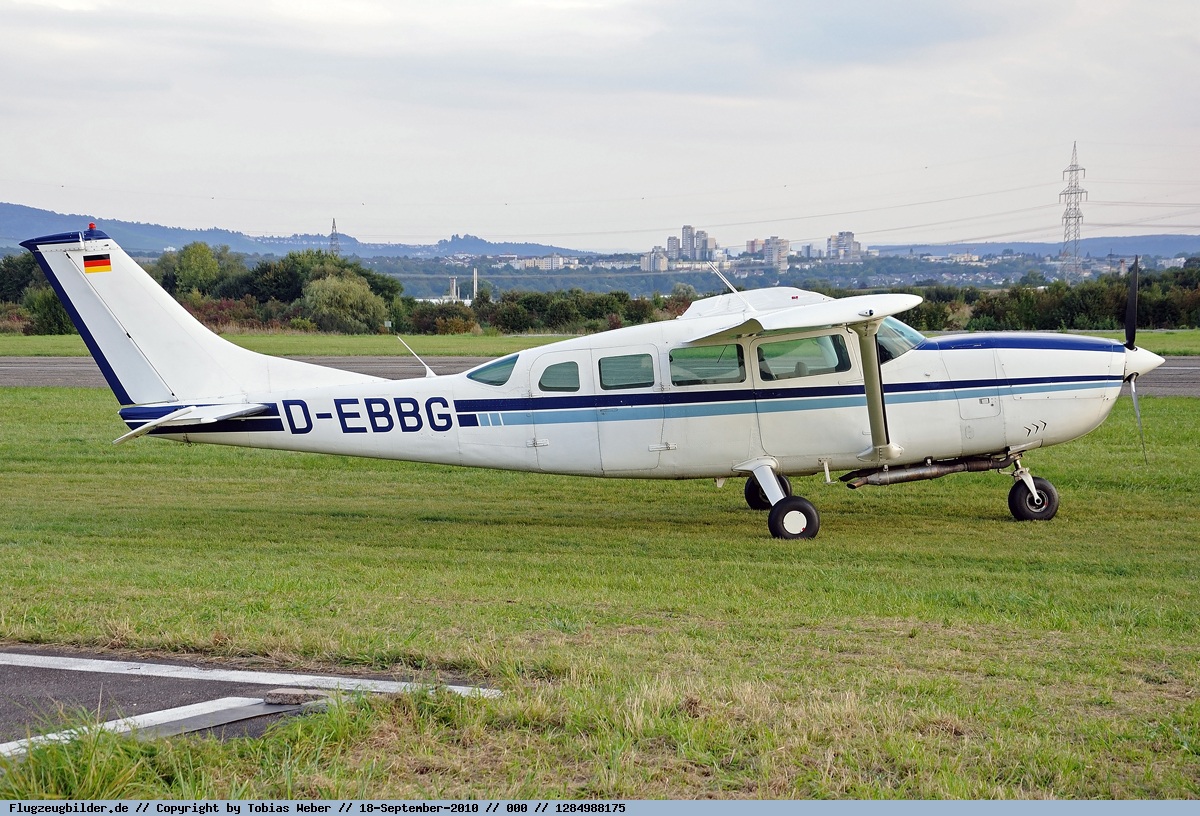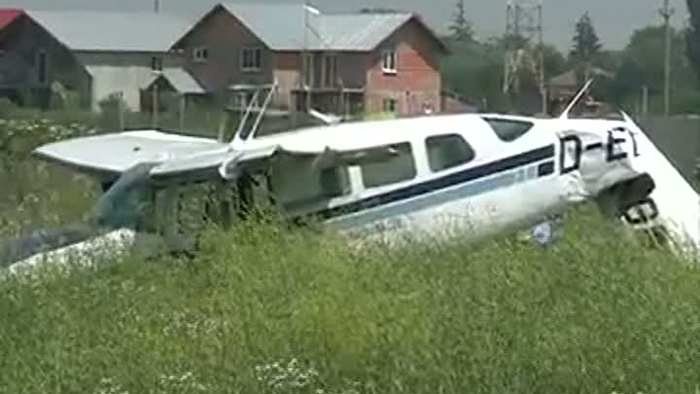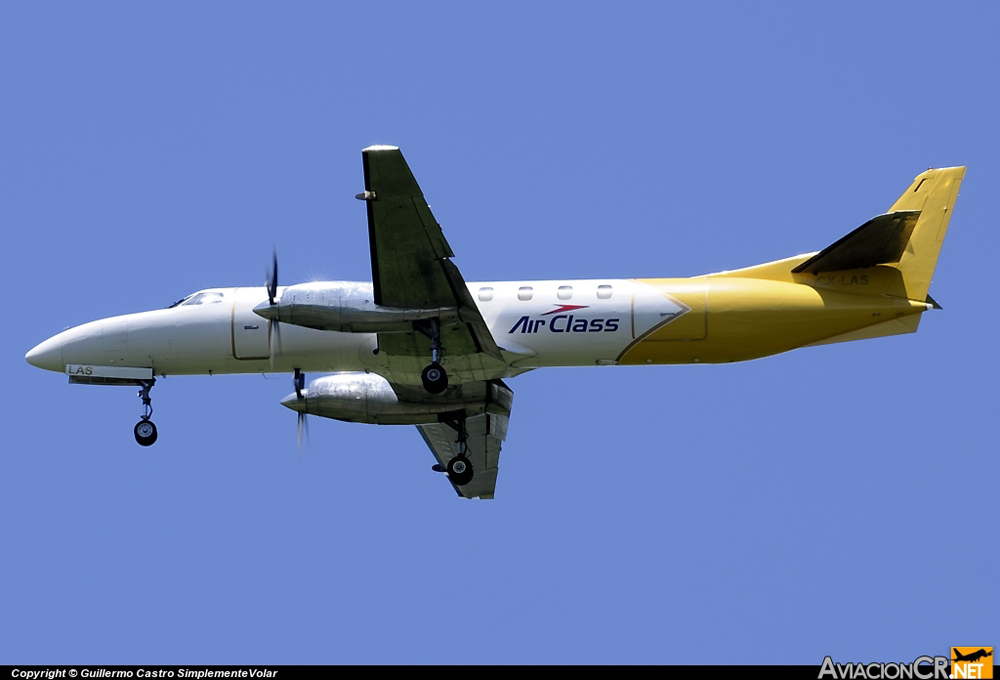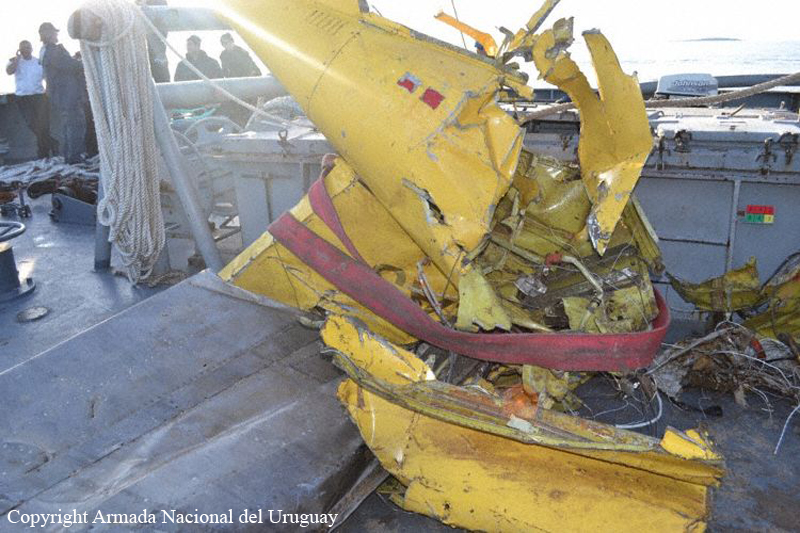Crash of a Cessna 421B Golden Eagle II in Fort Worth
Date & Time:
Sep 5, 2012 at 0949 LT
Registration:
N69924
Survivors:
Yes
Schedule:
Fort Worth - San Antonio
MSN:
421B-0553
YOM:
1973
Crew on board:
2
Crew fatalities:
Pax on board:
0
Pax fatalities:
Other fatalities:
Total fatalities:
0
Captain / Total hours on type:
897.00
Aircraft flight hours:
10056
Circumstances:
The commercial pilot was distracted by the nose cargo door popping open during takeoff; the airplane stalled and collided with trees off the end of the runway. The pilot said there were no mechanical problems with the airplane or engines and that he was fixated on the cargo door and lost control of the airplane. He also said that due to stress, he was not mentally prepared to handle the emergency situation.
Probable cause:
The pilot's failure to maintain airplane control on takeoff, which resulted in an inadvertent stall. Contributing to the accident were the unlatched nose cargo door, the pilot’s diverted attention, and the pilot's mental ability to handle the emergency situation.
Final Report:
